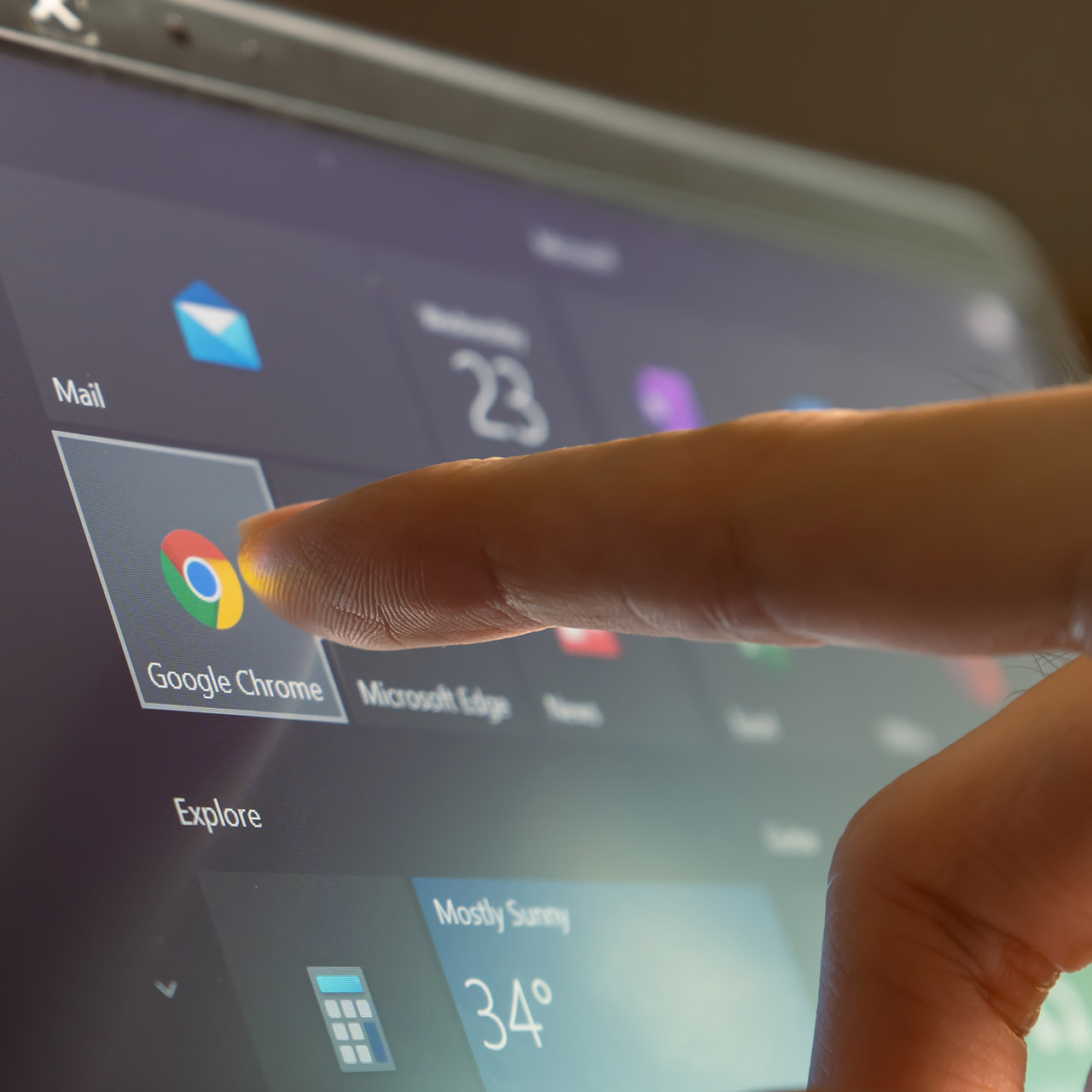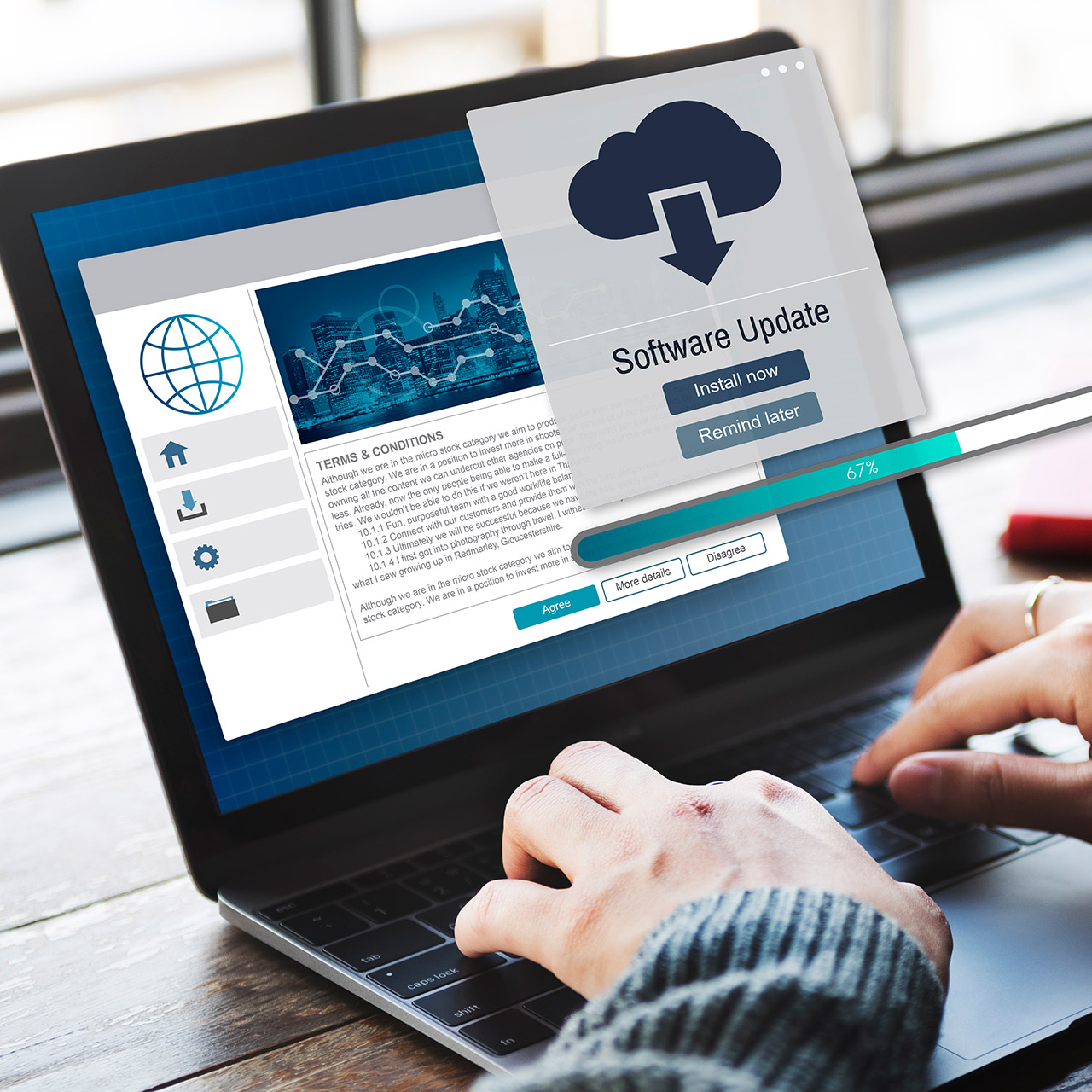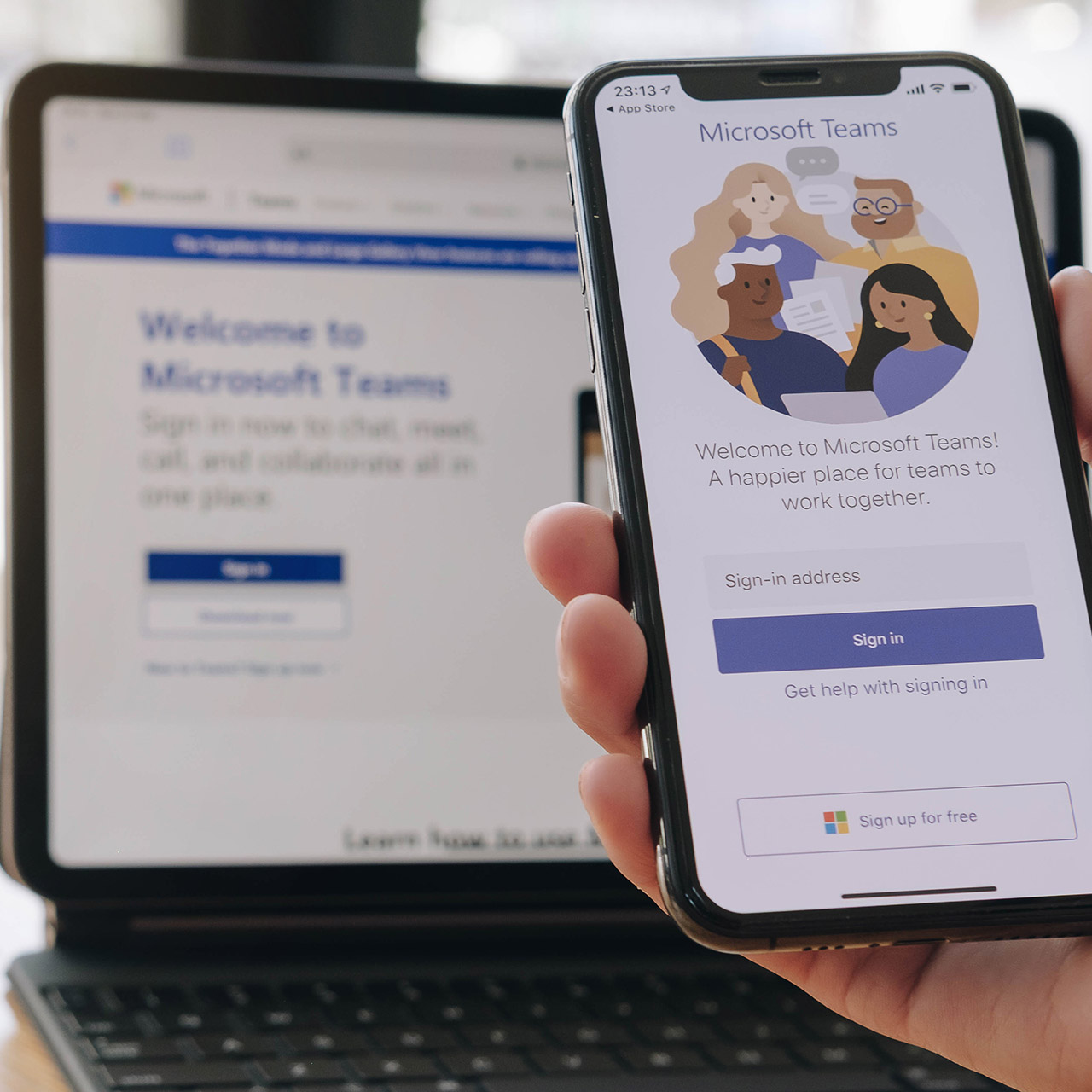Latest Insights
Dive into Sikich’s entrepreneurial thought leadership, for clarity on the recent trends affecting your business.
Reading Time: 4 minutes
- April 23, 2024
- Security | Technology
In today’s interconnected digital ecosystem, third-party relationships are integral to operations but can pose significant cybersecurity risks. This concern is heightened within the defense…
Reading Time: 4 minutes
- April 22, 2024
- Audit and Tax | Governance, Risk and Compliance
The Securities and Exchange Commission (SEC) adopted its final rules for climate-related disclosures in annual reports and registration statements on March 6, 2024. At…
Reading Time: 2 minutes
- April 18, 2024
- Dynamics 365 for Finance and Supply Chain Management | Technology
We are going to be looking at how to set up a build-your-own-database (BYODB) in your Microsoft Dynamics 365 Finance and Supply Chain Management…
Reading Time: 3 minutes
- April 16, 2024
- Information Technology | Technology | Tips & Tricks
Tired of keeping dozens of browser tabs open to access your most-used web apps? Many popular websites can now be installed and run like…
Reading Time: 3 minutes
- April 15, 2024
- CRM | Dynamics 365 | Dynamics 365 Business Central | Technology
In an era defined by rapid technological advancements, companies across industries are compelled to innovate or risk falling behind. The security and fire alarm…
Reading Time: 3 minutes
- April 12, 2024
- Equipment manufacturing | Industrial Equipment Manufacturing | Manufacturing | Technology
In the highly competitive industry of industrial equipment manufacturing, companies are constantly seeking innovative ways to boost revenue and strengthen customer relationships. One strategy…
Reading Time: 4 minutes
- April 11, 2024
- CRM | Economic Development Organizations | Technology
For economic development organizations, every lead, incentive, and initiative counts and having a robust Customer Relationship Management (CRM) system is not just advantageous—it’s indispensable….
Reading Time: 2 minutes
- April 10, 2024
- Dynamics 365 for Finance and Supply Chain Management | Technology
Have you ever considered optimizing your expense deferral and amortization processes? By leveraging advanced features within Microsoft Dynamics 365 Finance, you can streamline these…
Reading Time: 5 minutes
- April 9, 2024
- Public Relations
Media relations is sometimes overlooked today as discussions of AI, digital, and social dominate marketing conversations. But earned media remains a valuable piece of…
Reading Time: 4 minutes
- April 9, 2024
- Information Technology | Technology | Tips & Tricks
In today’s interconnected world, efficient management of email communication is crucial for businesses. Microsoft Exchange Online, part of the Microsoft 365 suite, provides a…
Reading Time: 4 minutes
- April 8, 2024
- NetSuite | Technology
NetSuite Release 2024.1 is here, bringing a plethora of new features and functionalities to enhance your NetSuite experience. As a NetSuite user, staying updated…
Reading Time: 4 minutes
- April 5, 2024
- Information Technology | Microsoft Teams | Technology
Effective communication is the key to success in the modern workplace. As organizations strive to connect their teams across geographies and streamline their communication…
Reading Time: 4 minutes
- April 4, 2024
- Wealth Management
Roth IRAs are a great tool and a basic financial planning strategy. Roth IRAs have strong appeal due to the tax-free nature of its…
Reading Time: 4 minutes
- April 3, 2024
- Human Resources
Investing time and effort in thorough interview planning lays the foundation for a strategic and effective hiring process. A well-executed interview process not only…
Reading Time: 3 minutes
- April 3, 2024
- Transaction Advisory Services
The dispersion of talent across professional services in recent years has become a prevalent challenge. With the combination of talent leaving businesses and the…
This material has been prepared for general informational purposes only and is not intended to be relied upon as accounting, tax, or other professional advice. Please refer to your advisors for specific advice.
















